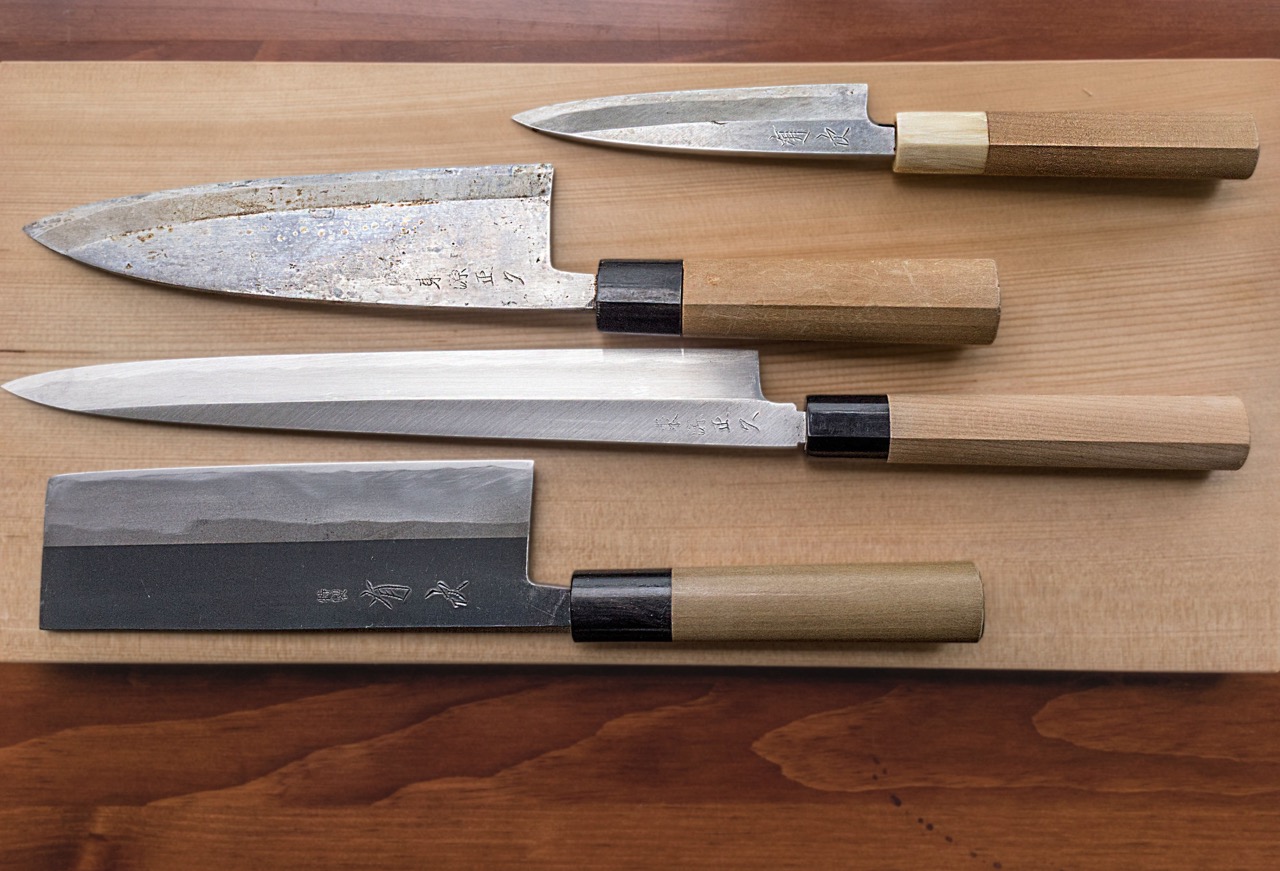

Articles
How To Store Japanese Knives
Modified: March 1, 2024
Learn the best techniques for storing your Japanese knives to keep them sharp and safe. Read our informative articles on proper knife storage.
(Many of the links in this article redirect to a specific reviewed product. Your purchase of these products through affiliate links helps to generate commission for Storables.com, at no extra cost. Learn more)
Introduction
Japanese knives are renowned for their exquisite craftsmanship, sharpness, and precision. Whether you’re a professional chef or a cooking enthusiast, investing in high-quality Japanese knives is a worthwhile choice. However, to ensure the longevity and performance of these prized culinary tools, proper storage is essential.
Proper knife storage not only protects the sharp blade but also helps maintain its edge, prevent damage, and ensure the safety of those handling them. In this article, we will delve into the importance of properly storing Japanese knives, discuss the factors to consider before storing them, and explore different types of knife storage options.
With the right knowledge, you can choose the best storage method that suits your needs, budget, and kitchen space. So let’s dig deeper and find the ideal way to store your Japanese knives.
Key Takeaways:
- Proper knife storage is crucial for maintaining the sharpness, longevity, and safety of Japanese knives. Consider factors like blade protection, accessibility, and kitchen space when choosing the best storage option.
- By following essential tips for proper knife storage, such as keeping blades dry, storing knives separately, and handling them with care, you can ensure that your Japanese knives remain in optimal condition for years to come.
Read more: How To Store Knives In A Drawer
Importance of Proper Knife Storage
Proper knife storage is crucial for maintaining the quality and longevity of your Japanese knives. Here are some key reasons why investing in the right storage method is important:
- Prolongs Sharpness: Japanese knives are known for their razor-sharp blades. By storing them properly, you can help retain their sharpness for longer periods. Improper storage, such as tossing them into a drawer with other utensils, can cause the sharp edge to come into contact with other objects, resulting in dulling or chipping.
- Prevents Blade Damage: The delicate nature of Japanese knives makes them prone to damage if not stored properly. Blades can chip or become misaligned when stored inappropriately, rendering the knife ineffective and potentially hazardous to use.
- Ensures Safety: Proper storage minimizes the risk of accidents, especially when knives are stored in busy kitchen drawers or countertops. By keeping them securely stored, you reduce the chances of accidental cuts or injuries when reaching for utensils.
- Organizes Your Kitchen: Investing in suitable knife storage options helps keep your kitchen organized. Rather than having knives scattered or piled up in drawers, a designated storage method provides a neat and accessible solution, saving you time and effort during meal preparation.
- Preserves Aesthetics: Japanese knives are not just functional tools; they are works of art, with exquisite designs and unique patterns on the blades. Proper storage protects these aesthetics, preventing scratches, stains, or damage that can diminish their visual appeal.
- Increases Longevity: By keeping your Japanese knives in the right storage conditions, you can extend their overall lifespan. With proper care and maintenance, these knives can last for generations, becoming treasured family heirlooms.
Now that we understand the importance of proper knife storage, let’s explore some essential factors to consider before deciding on the best storage option for your Japanese knives.
Factors to Consider Before Storing Japanese Knives
Before selecting a storage option for your Japanese knives, it’s important to consider various factors to ensure their safety and longevity. Here are some key factors to keep in mind:
- Blade Protection: The storage method should provide adequate protection for the delicate and sharp blades of Japanese knives. Look for options that have blade guards, sheaths, or compartments designed specifically to prevent the blades from coming into contact with other objects.
- Knife Size and Quantity: Consider the number and size of your Japanese knives when choosing a storage option. Some storage methods may be better suited for a smaller collection, while others can accommodate a larger assortment.
- Accessibility: Think about how easily you want to access your knives during cooking. If you use them frequently, opt for a storage option that allows for quick and convenient retrieval.
- Kitchen Space: Assess the available space in your kitchen before deciding on a storage method. If you have limited counter space, a wall-mounted or magnetic strip option might be more suitable. On the other hand, if you have ample drawer space, a knife block or tray can be a practical choice.
- Kitchen Style: Consider the aesthetic of your kitchen when selecting a storage option. Choose a method that complements the overall design and ambiance of your kitchen space.
- Budget: Determine your budget for knife storage. There are various storage options available at different price points, so choose one that fits within your budget while still meeting your needs.
- Knife Maintenance: Consider the maintenance requirements of different storage options. Some methods may require frequent cleaning or upkeep to ensure that the knives are stored in optimal conditions.
By taking these factors into account, you can make an informed decision and choose the most suitable storage option for your Japanese knives. Let’s now explore the different types of knife storage options available.
Different Types of Knife Storage Options
When it comes to storing your Japanese knives, there are several options to choose from. Here are some of the most common knife storage methods:
- Knife Blocks: Knife blocks are a popular choice for storing and organizing knives. These blocks typically have individual slots or compartments to securely hold each knife. They are made of various materials, such as wood, bamboo, or acrylic. Knife blocks not only protect the blades but also keep the knives within easy reach on your kitchen countertop.
- Knife Magnetic Strips: Magnetic strips are a space-saving and visually appealing option for knife storage. These strips are usually mounted on a wall or inside a cabinet, with powerful magnets that securely hold the knives in place. Magnetic strips provide easy access to your knives and showcase their beauty as they hang against the wall.
- Knife Bags or Rolls: Knife bags or rolls are a portable and compact storage solution, especially for chefs who need to transport their knives. These storage options consist of a fabric or leather case with individual pockets for each knife. They often include additional compartments for accessories like sharpening tools. Knife bags or rolls are convenient for chefs on the go or for those with limited kitchen space.
- Drawer Inserts or Knife Trays: Drawer inserts or knife trays are designed to organize and protect your knives in a kitchen drawer. These storage options feature compartments or slots that hold each knife securely, preventing them from sliding around and potentially causing damage. Drawer inserts are practical for those who prefer to keep their knives out of sight or have limited countertop space.
- Wall-mounted Knife Racks: Wall-mounted knife racks are a stylish and space-saving storage option. These racks typically feature slots or hooks that hold the knives securely against the wall. They are a great choice for showcasing your Japanese knives as a decorative element in your kitchen.
Consider the size of your knife collection, kitchen space, accessibility preferences, and budget when choosing the most suitable storage option. It’s also worth noting that some storage methods, like knife blocks and magnetic strips, allow you to expand or customize them as your knife collection grows.
Now that we’ve explored different storage options, let’s move on to some essential tips for proper knife storage to ensure the longevity and performance of your Japanese knives.
Knife Blocks
Knife blocks are a popular and practical storage option for Japanese knives. They are designed to securely hold and protect each knife within individual slots or compartments. Here are some key features and benefits of using knife blocks:
- Blade Protection: Knife blocks provide excellent protection for the blades of your Japanese knives. The slots or compartments are typically made from materials such as wood, bamboo, or acrylic, which prevent the blades from coming into contact with other knives or utensils.
- Organized Storage: Knife blocks offer a neat and organized solution for storing knives. Each knife has its designated slot, making it easy to see and access the knife you need without rummaging through a drawer.
- Countertop Convenience: Knife blocks are designed to sit on your kitchen countertop, keeping your knives within easy reach. This convenience is particularly useful when you’re working in the kitchen and need quick access to your knives while preparing meals.
- Customizability: Some knife blocks come with extra slots or expandable features, allowing you to customize the storage capacity as your knife collection grows. This flexibility makes knife blocks a long-term storage solution.
- Aesthetically Pleasing: Knife blocks are available in various styles and materials, allowing you to choose one that matches your kitchen décor and personal preferences. They can add a stylish touch to your countertop and showcase your beautiful Japanese knives.
- Ease of Cleaning: Knife blocks are relatively easy to clean. You can simply wipe them down with a damp cloth or occasionally remove the knives from the block to clean the slots more thoroughly.
When using a knife block, it’s important to ensure that the knives are inserted into the slots with the blade facing upwards, away from the wooden or bamboo material. This will help prevent damage to the blade and maintain its sharpness. Additionally, be mindful of the weight distribution if you have larger or heavier knives, as they may require more stable slots or a wider block.
Overall, knife blocks offer a convenient and visually appealing storage solution for your Japanese knives. They provide protection, organization, and easy accessibility, making them a popular choice among both professional chefs and home cooks.
In the next section, we will explore another popular storage option: knife magnetic strips.
Read more: How To Store Kitchen Knives
Knife Magnetic Strips
Knife magnetic strips are a modern and space-saving storage solution for Japanese knives. These strips are typically mounted on a wall or inside a cabinet, utilizing powerful magnets to securely hold the knives in place. Here are some key features and benefits of using knife magnetic strips:
- Space-Saving: Knife magnetic strips free up valuable countertop or drawer space by allowing you to store your knives on a wall or inside a cabinet. This is especially beneficial for those with limited kitchen space.
- Easy Accessibility: The magnetic strips provide quick and convenient access to your knives. Simply grab the desired knife and pull it off the strip when needed. This accessibility is particularly handy during busy cooking sessions.
- Showcases the Knives: Knife magnetic strips are a great choice for showcasing the beauty of your Japanese knives. As the knives hang against the wall, you can admire their unique designs and patterns while adding a stylish and decorative element to your kitchen.
- Customizable Placement: With magnetic strips, you have the flexibility to mount them in various locations within your kitchen. Whether it’s on a tiled backsplash, inside a cabinet door, or even on the side of a refrigerator, you can choose the most convenient and visually appealing spot.
- Hygienic Option: Knife magnetic strips allow the knives to be stored in a way that promotes proper airflow, reducing the risk of moisture and bacteria build-up. This helps maintain the cleanliness and hygiene of your knives.
- No Limitation on Knife Size: Unlike some storage options with designated slots or compartments, magnetic strips can accommodate knives of different sizes and shapes. From small utility knives to larger chef’s knives, the magnetic strength keeps them securely in place.
When using a knife magnetic strip, it’s important to ensure that the knives are properly attached and securely held by the magnets. Take care when removing or placing knives on the strip to prevent any accidental drops or slips.
Knife magnetic strips offer a modern and functional storage solution for Japanese knives, allowing for easy accessibility, space-saving, and a visually appealing display. In the next section, we will explore knife bags or rolls as another portable storage option.
To store Japanese knives, use a knife block, magnetic strip, or sheath to protect the blade and keep it sharp. Avoid storing knives in a drawer where they can get damaged or dull.
Knife Bags or Rolls
Knife bags or rolls provide a portable and compact storage solution for Japanese knives. These storage options are commonly used by chefs who need to transport their knives or those with limited kitchen space. Here are some key features and benefits of using knife bags or rolls:
- Portability: Knife bags or rolls allow you to conveniently bring your Japanese knives with you wherever you go. Whether you’re a professional chef on the move or attending a cooking class, these storage options offer easy portability.
- Compact Design: With a slim and compact design, knife bags or rolls take up minimal space. They can be easily stored in a kitchen drawer, carried in a bag, or hung on a hook, making them ideal for those with limited kitchen space.
- Individual Knife Protection: Each knife has its own designated pocket or compartment in a knife bag or roll. This individual protection prevents the blades from coming into contact with each other, reducing the risk of chipping or damage.
- Additional Storage Compartments: Many knife bags or rolls feature additional compartments or pockets to store accessories such as sharpening tools, tasting spoons, or even a small cutting board. This added storage space ensures that you have everything you need for culinary tasks in one portable package.
- Durable and Secure: Knife bags or rolls are typically made of sturdy materials such as durable fabric or leather. They are designed to securely hold the knives in place during transport and protect them from external elements.
- Easy to Clean: Knife bags or rolls are generally easy to clean. Most can be wiped down with a damp cloth if needed, while some fabric-based options may be machine washable for added convenience.
When using a knife bag or roll, it’s important to ensure that the blades are fully inserted into the designated pockets or compartments to prevent any accidental cuts when retrieving the knives. Additionally, always make sure that the bag or roll is securely closed and fastened when in transit to prevent any knives from slipping out.
Knife bags or rolls provide a practical and portable storage option for those on the go or with limited kitchen space. They offer individual knife protection, additional storage compartments, and easy portability, making them a popular choice among professional chefs and culinary enthusiasts.
In the next section, we will explore drawer inserts or knife trays as a convenient storage solution for Japanese knives.
Drawer Inserts or Knife Trays
Drawer inserts or knife trays are a convenient storage option for Japanese knives, especially for those who prefer to keep their knives out of sight or have limited countertop space. These storage options help organize and protect your knives within a kitchen drawer. Here are some key features and benefits of using drawer inserts or knife trays:
- Organized Storage: Drawer inserts or knife trays offer a practical and organized solution for storing your Japanese knives. They have designated slots or compartments that hold each knife securely, preventing them from sliding around and potentially causing damage.
- Space-Saving: Storing your knives in a drawer helps free up valuable countertop space, giving your kitchen a clean and uncluttered look. This is particularly beneficial for smaller kitchens where every inch of space matters.
- Blade Protection: Drawer inserts or knife trays provide individual protection for each knife, preventing the blades from coming into contact with other knives or utensils. This helps maintain the sharpness and condition of the blades.
- Easy Accessibility: With knives stored in a drawer, they are easily accessible and kept within reach. Simply open the drawer and select the knife you need, making it convenient during meal preparation.
- Clean and Neat Appearance: Storing your knives in a drawer helps maintain a clean and organized appearance in your kitchen. The knives are hidden from view, giving your countertops a clutter-free and sleek look.
- Customizability: Some drawer inserts or knife trays are adjustable or customizable, allowing you to arrange the slots or compartments according to your specific knife collection. This flexibility ensures that your knives fit securely and snugly in the storage space.
- Added Storage Space: Some drawer inserts or knife trays come with additional compartments or slots to store other kitchen utensils or accessories. This provides extra storage space within the drawer and helps keep everything organized.
When using a drawer insert or knife tray, it’s important to ensure that the knives are inserted into the designated slots or compartments with the blades facing downwards. This minimizes the risk of accidentally coming into contact with the blade when reaching into the drawer. Additionally, it’s a good practice to periodically clean the drawer insert or knife tray to remove any debris or residue that may accumulate.
Drawer inserts or knife trays offer a practical and space-saving storage solution for Japanese knives. They provide organized storage, blade protection, and easy accessibility, making them a popular choice for those who prefer a clean and clutter-free kitchen.
In the next section, we will explore wall-mounted knife racks as a stylish and decorative storage option for Japanese knives.
Wall-mounted Knife Racks
Wall-mounted knife racks offer a stylish and decorative storage solution for Japanese knives. These racks are designed to be mounted on a wall, providing easy access to your knives while adding a unique visual element to your kitchen. Here are some key features and benefits of using wall-mounted knife racks:
- Showcases the Knives: Wall-mounted knife racks are an excellent choice for proudly displaying your collection of Japanese knives. As the knives hang against the wall, their unique designs, patterns, and craftsmanship can be admired by both you and your guests.
- Space-Saving: By mounting the knife rack on a wall, you can free up valuable countertop and drawer space. This is particularly beneficial for smaller kitchens or for those who prefer to have their knives visible and easily accessible.
- Easy Accessibility: Wall-mounted knife racks allow you to quickly and conveniently access your knives while cooking. Simply reach for the desired knife and remove it from the rack, eliminating the need to rummage through a drawer or search for the right slot in a knife block.
- Customizable Placement: You have the flexibility to mount the knife rack in a location that suits your kitchen layout and aesthetics. Whether it’s on a tiled backsplash, near the countertop, or even on a kitchen island, you can choose a spot that is both convenient and visually appealing.
- Blade Protection: Wall-mounted knife racks often come with secure slots or magnets to hold the knives in place and protect the blades. This prevents any accidental slips or falls while keeping the blades safely stored.
- Decorative Element: In addition to their functionality, wall-mounted knife racks can be a decorative element in your kitchen. They add a unique and artistic touch, showcasing your knives as a focal point and enhancing the overall ambiance of your cooking space.
- Effortless Cleaning: Cleaning a wall-mounted knife rack is relatively easy. You can simply wipe it down with a damp cloth or remove the knives from the rack to clean both the rack and the knives more thoroughly.
When using a wall-mounted knife rack, it’s important to ensure that the knives are securely attached to the rack, whether through slots, magnets, or other fastening mechanisms. Take care when removing or placing knives on the rack to prevent any accidental drops or injury.
Wall-mounted knife racks offer a stylish and decorative solution for storing your Japanese knives. They showcase the knives, save space, provide easy accessibility, and add an artistic element to your kitchen. Consider this option if you want your knives to be a visual centerpiece in your culinary space.
Now that we have explored different types of knife storage options, let’s move on to some essential tips for proper knife storage to ensure the longevity and performance of your Japanese knives.
Read more: How To Store Damascus Knives
Tips for Proper Knife Storage
Proper knife storage is essential for maintaining the longevity and performance of your Japanese knives. Here are some important tips to keep in mind:
- Keep the Blades Dry: Before storing your knives, make sure the blades are completely dry. Moisture can lead to rust and corrosion, which can damage the blade’s sharpness and overall quality.
- Store Knives Separately: To avoid blade damage and maintain sharpness, store each knife separately. Whether you use a knife block, magnetic strip, knife bag, or drawer insert, ensure that the blades of the knives do not touch each other.
- Handle with Care: Always handle your knives with care when storing and retrieving them. Avoid dropping or forcefully placing them into storage, as this can result in damage to the blades or handle.
- Use Blade Guards or Sheaths: If your knives do not come with blade guards or sheaths, consider purchasing them separately. These protective covers help prevent accidental cuts and protect the blade from damage during storage.
- Regularly Sharpen your Knives: Proper knife storage alone is not enough to maintain optimal sharpness. Regularly sharpen your Japanese knives using a sharpening stone or honing rod to keep them performing at their best.
- Clean Before Storage: It’s important to clean your knives thoroughly before storing them. Remove any food residue or debris and wash the blades with mild soap and warm water. Make sure to dry them completely before storage.
- Consider Knife Maintenance: Different storage options may require different levels of knife maintenance. For example, knife blocks may accumulate dust, so it’s a good idea to periodically clean the slots. Magnetic strips may need regular dusting to keep the knives free from debris. Be mindful of the maintenance needs of your chosen storage method.
- Store Knives Out of Reach: If you have young children at home, keep your knives stored in a location that is out of their reach. This helps ensure their safety and prevents any accidents.
- Inspect Knives Regularly: Make it a habit to inspect your knives regularly for any signs of damage, such as chips or cracks. If you notice any issues, address them promptly to avoid further damage or potential injury.
- Follow Manufacturer’s Instructions: Lastly, always refer to the manufacturer’s instructions or guidelines for proper knife storage. They may provide specific recommendations for your particular brand or type of Japanese knives.
By following these tips, you can ensure that your Japanese knives are stored properly, protected, and ready for use whenever you need them. Proper storage and maintenance will help prolong their lifespan, maintain their sharpness, and keep them in excellent condition for years to come.
Now that we have covered proper knife storage tips, let’s conclude our article.
Conclusion
Proper knife storage is vital for maintaining the quality, sharpness, and longevity of your cherished Japanese knives. By investing in the right storage method, you can protect the blades, prevent damage, and ensure the safety of both the knives and those handling them.
In this article, we explored the importance of proper knife storage and discussed various factors to consider before selecting a storage option. We examined different types of knife storage options, including knife blocks, magnetic strips, knife bags or rolls, drawer inserts or knife trays, and wall-mounted knife racks. Each storage method offers its own advantages, so it’s important to choose one that suits your specific needs, kitchen space, and aesthetic preferences.
We also provided valuable tips for proper knife storage, emphasizing the significance of keeping the blades dry, storing knives separately, handling them with care, and regularly sharpening and cleaning them. Following these tips will help ensure that your Japanese knives remain in optimal condition for years to come.
Remember, proper knife storage not only protects your investment but also enhances your cooking experience. With well-maintained and readily accessible knives, you can prepare delicious meals with precision and confidence.
So, take the time to evaluate your storage needs and choose the best storage option for your Japanese knives. Whether it’s a knife block proudly displayed on your countertop, a magnetic strip elegantly adorning your kitchen wall, or a compact knife bag for on-the-go chefs, the right storage method will keep your knives safe, organized, and ready for your culinary adventures.
By implementing proper knife storage practices and caring for your Japanese knives, you can ensure that they remain sharp, reliable, and a joy to use in your kitchen for years to come.
Frequently Asked Questions about How To Store Japanese Knives
Was this page helpful?
At Storables.com, we guarantee accurate and reliable information. Our content, validated by Expert Board Contributors, is crafted following stringent Editorial Policies. We're committed to providing you with well-researched, expert-backed insights for all your informational needs.
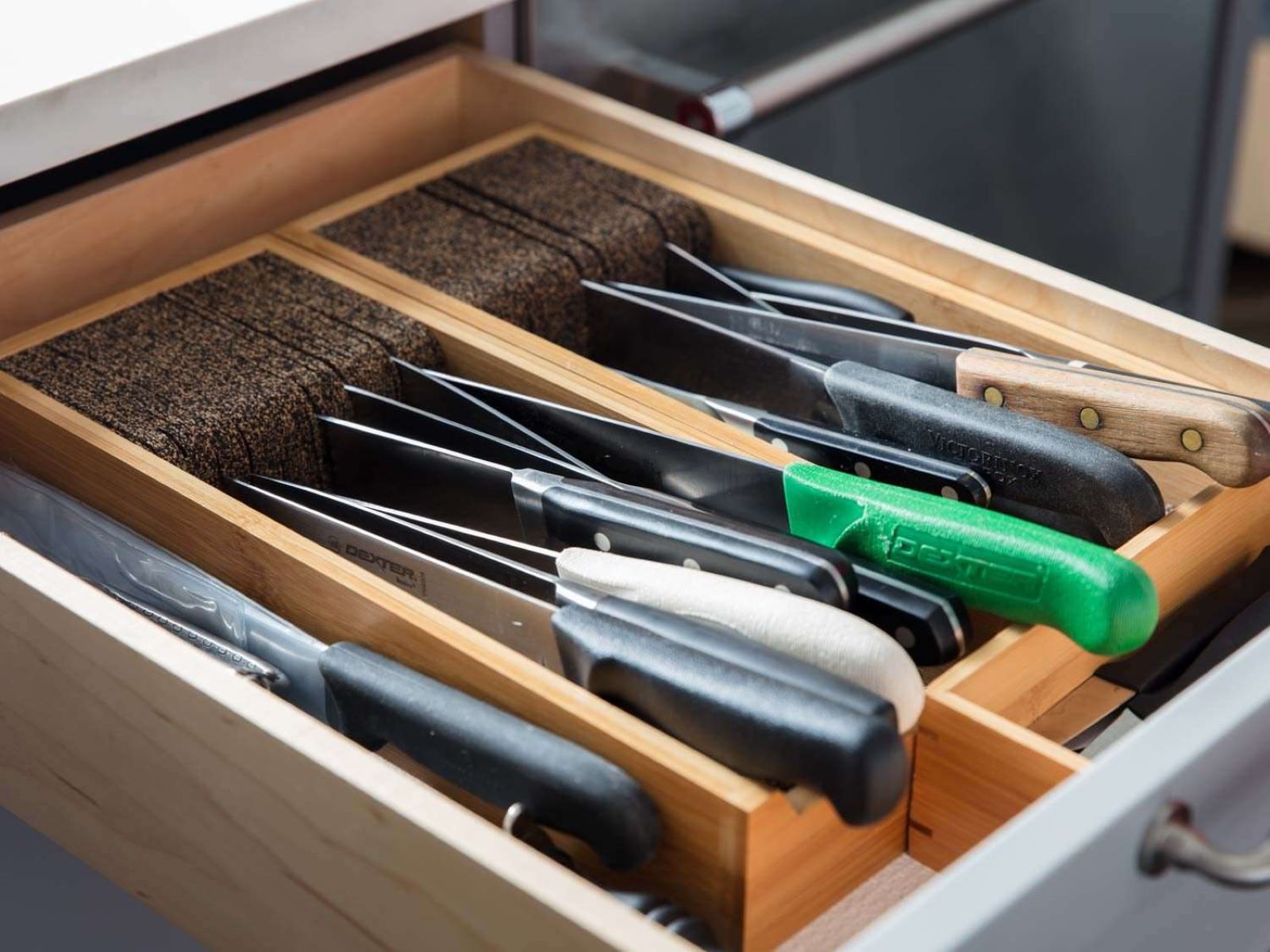
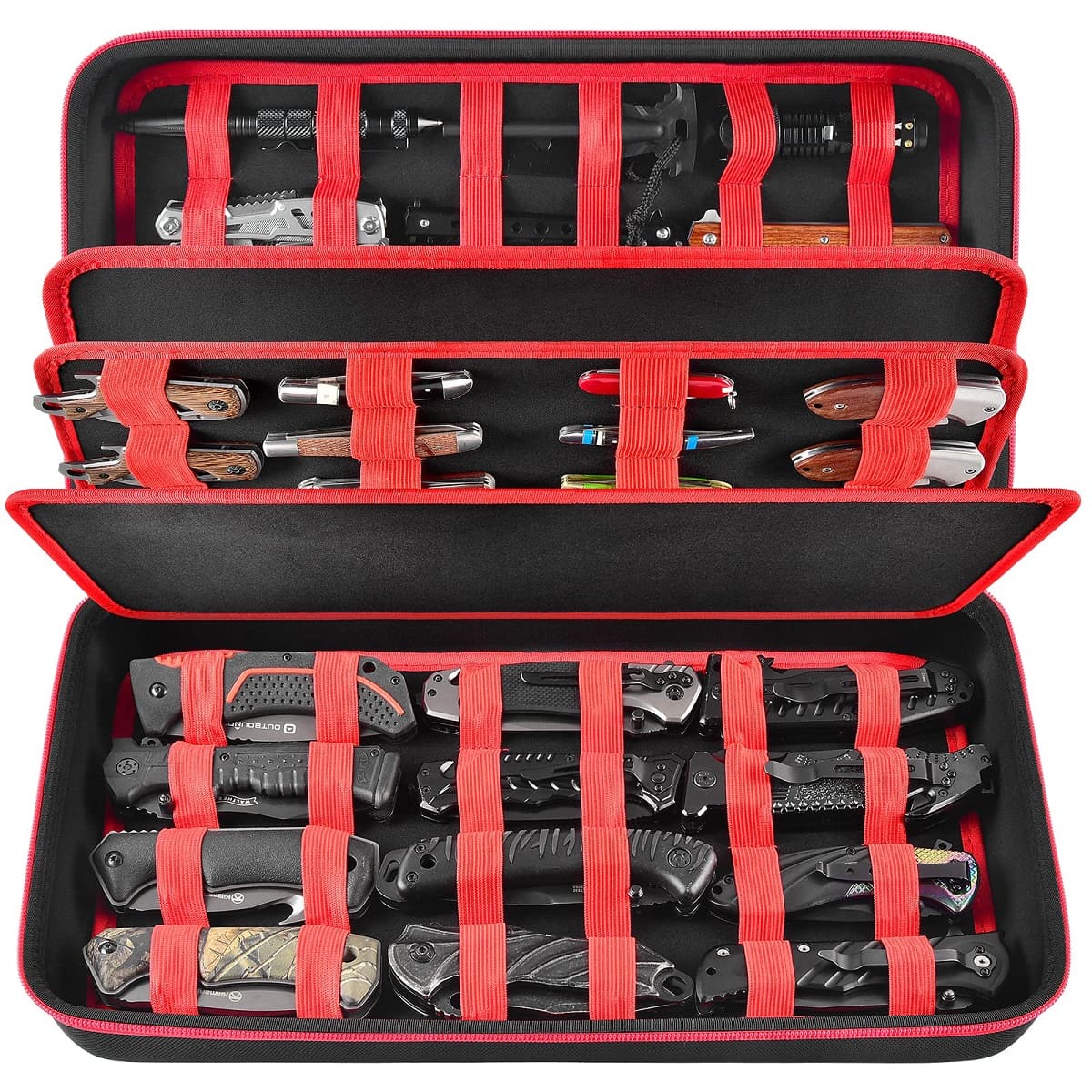
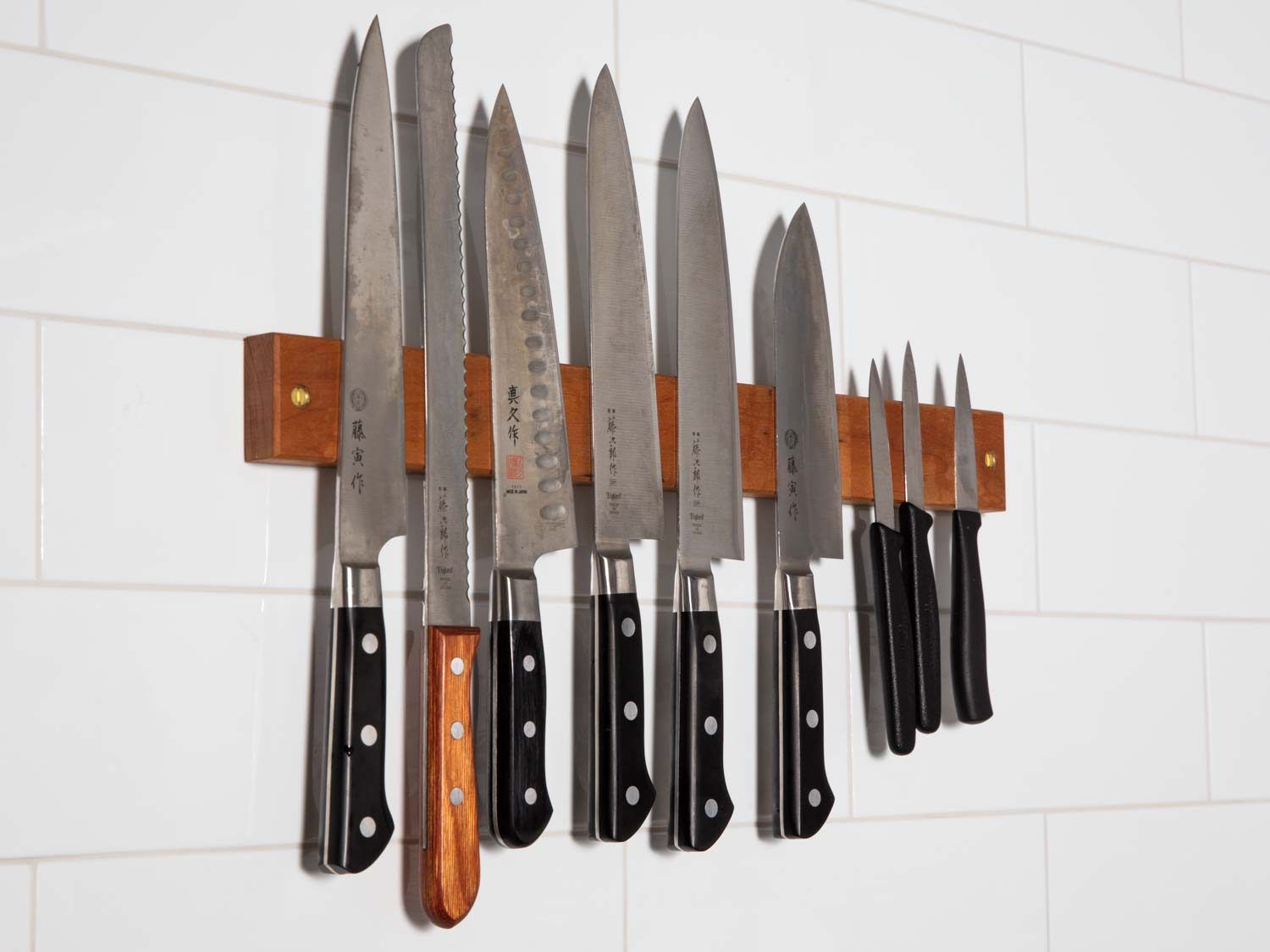
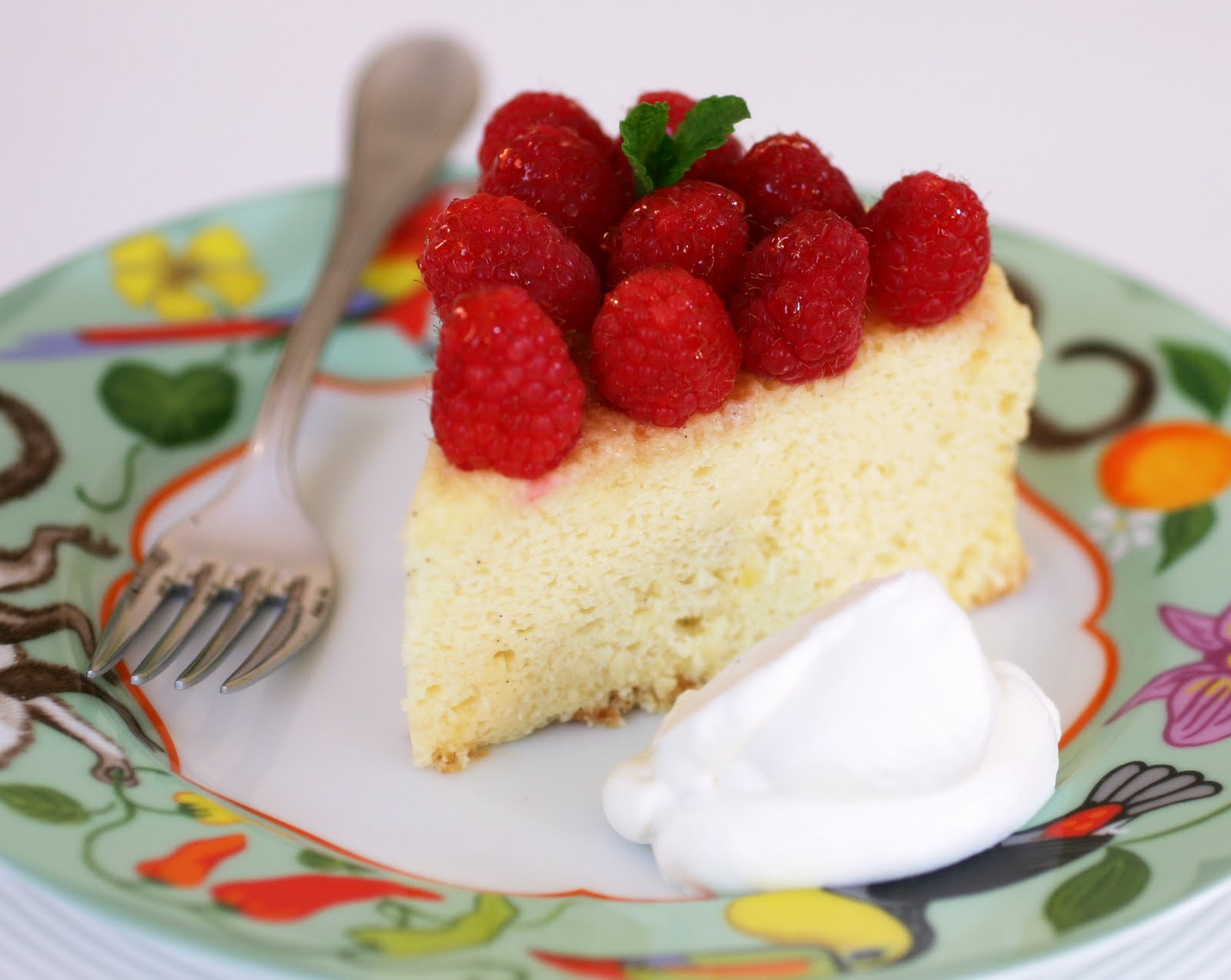

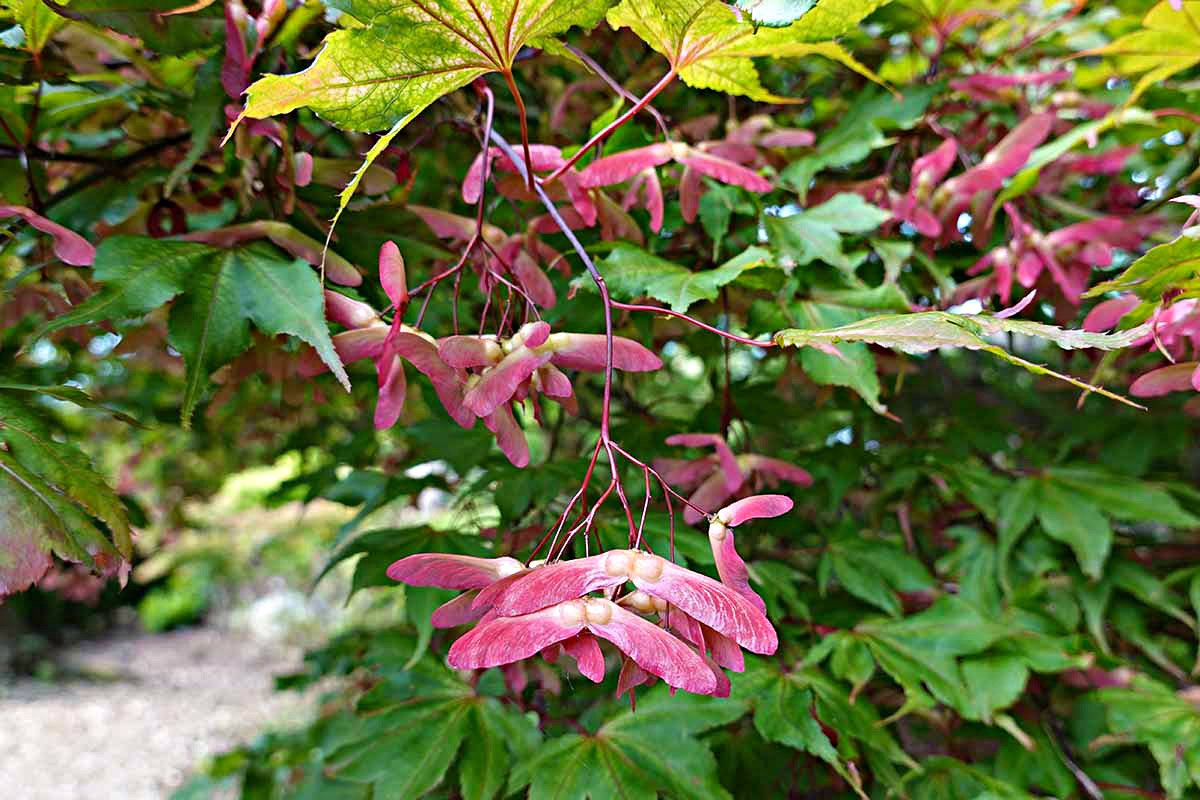
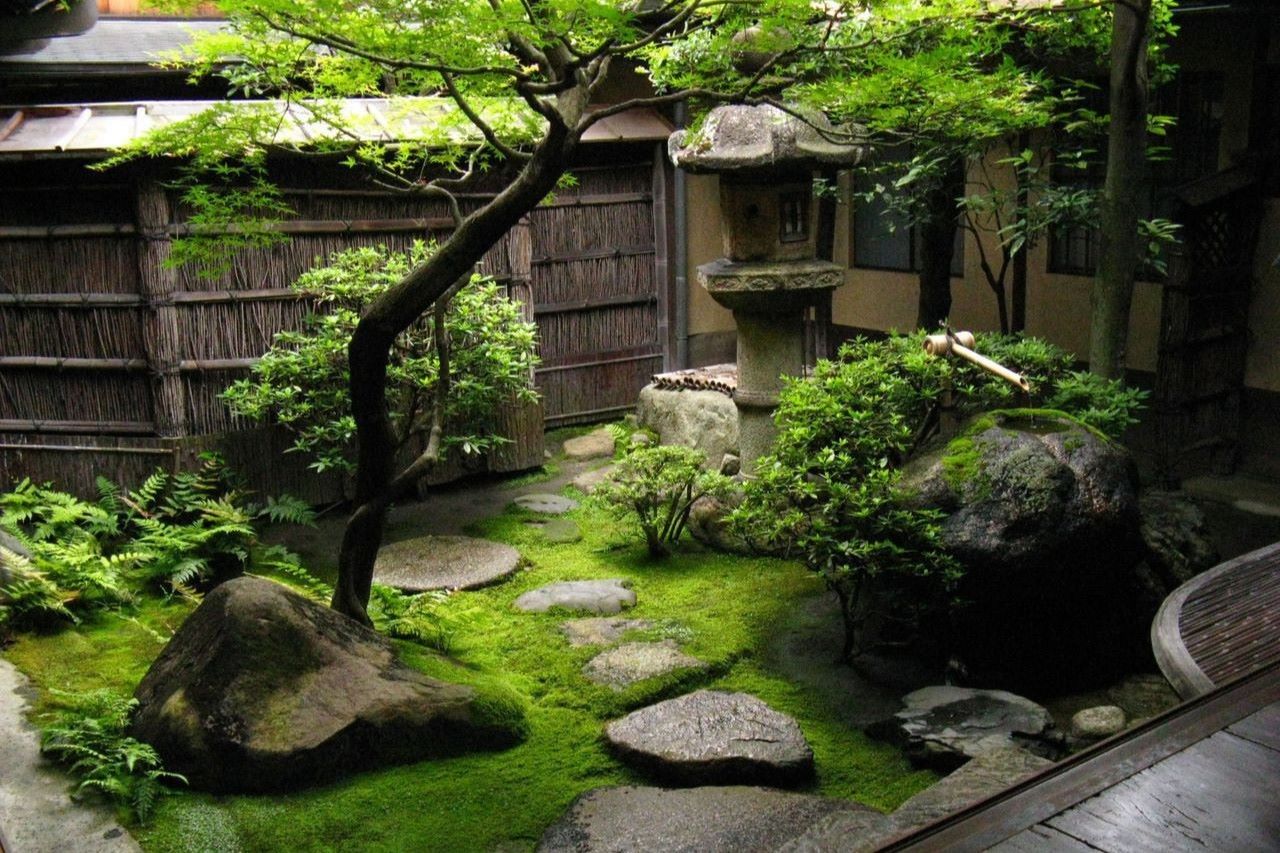
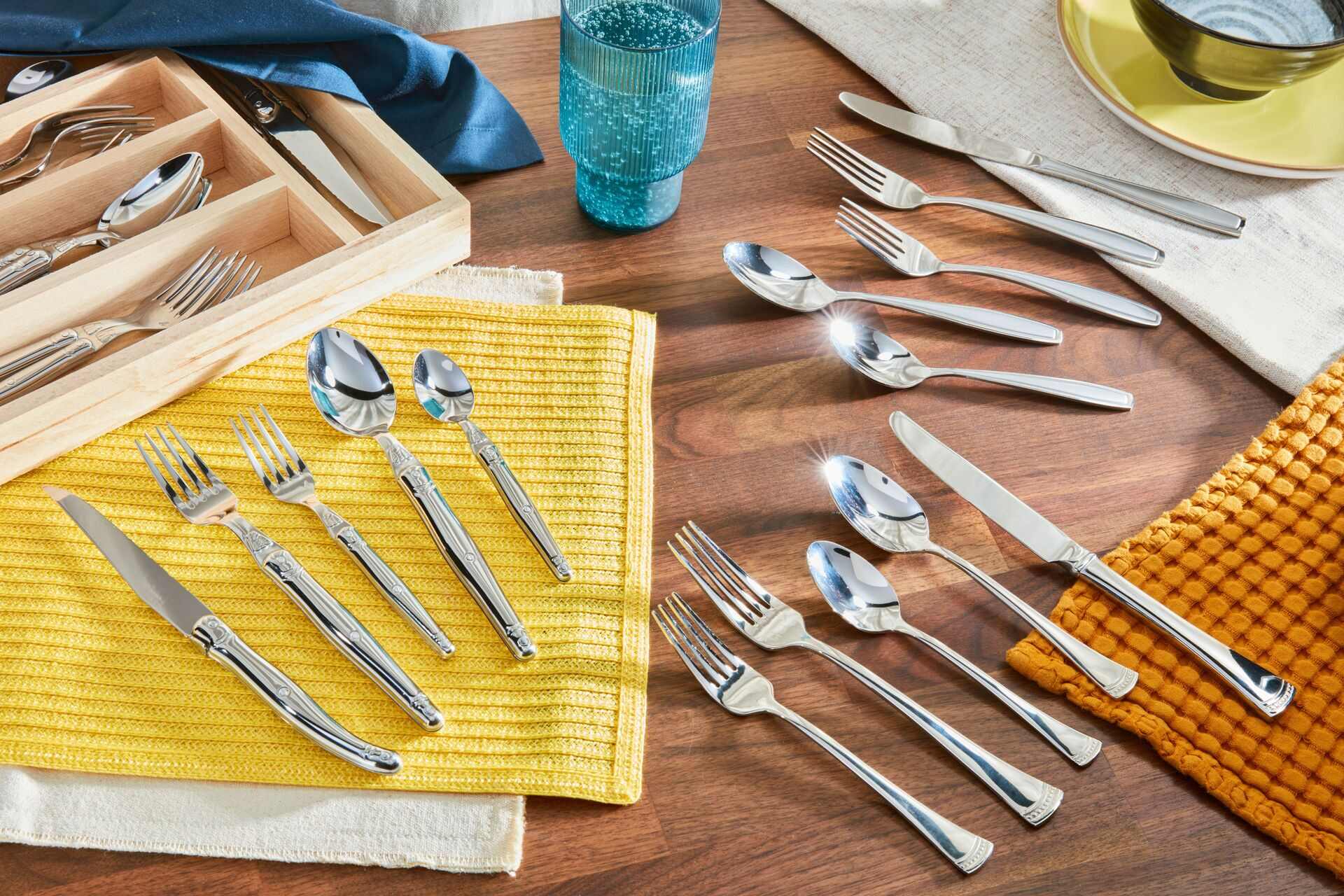
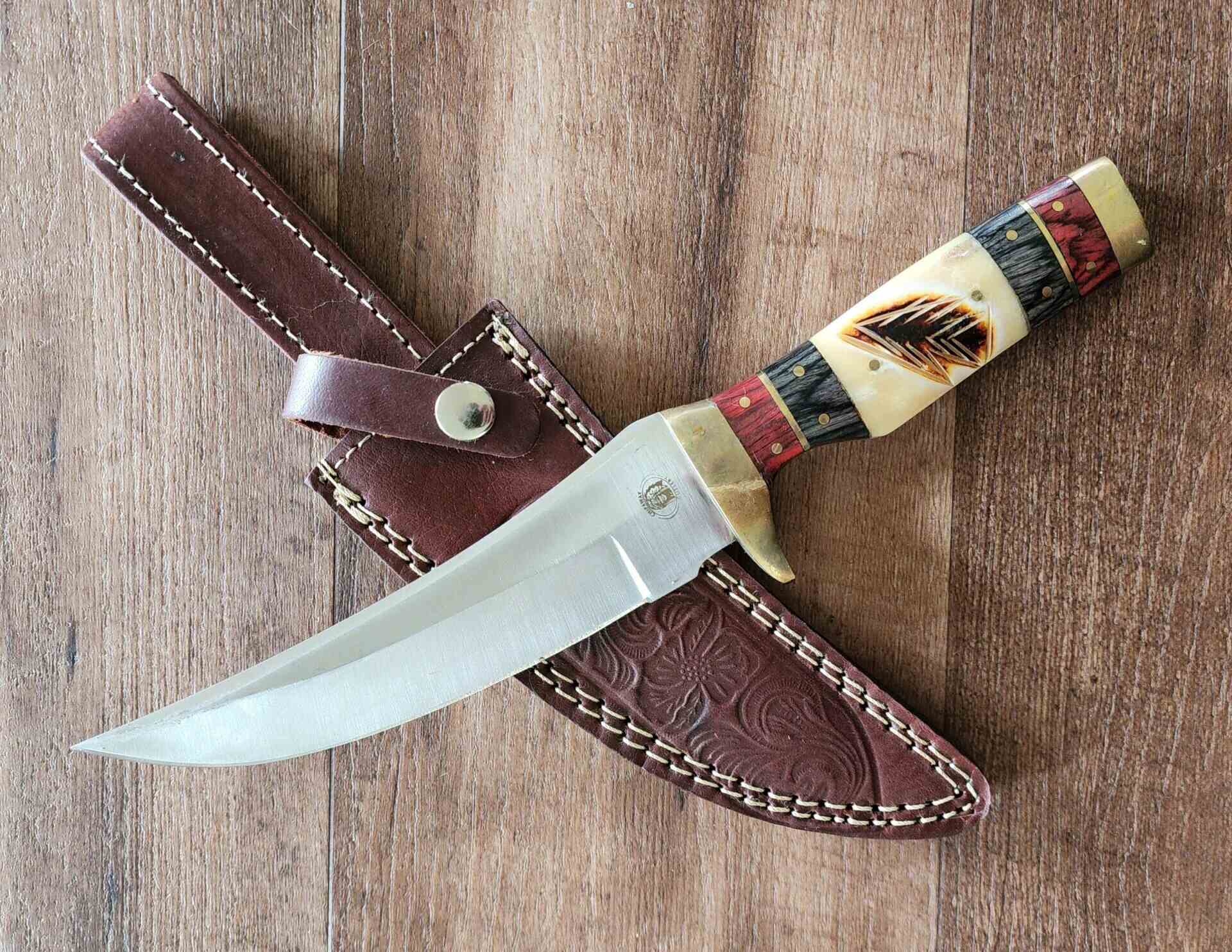
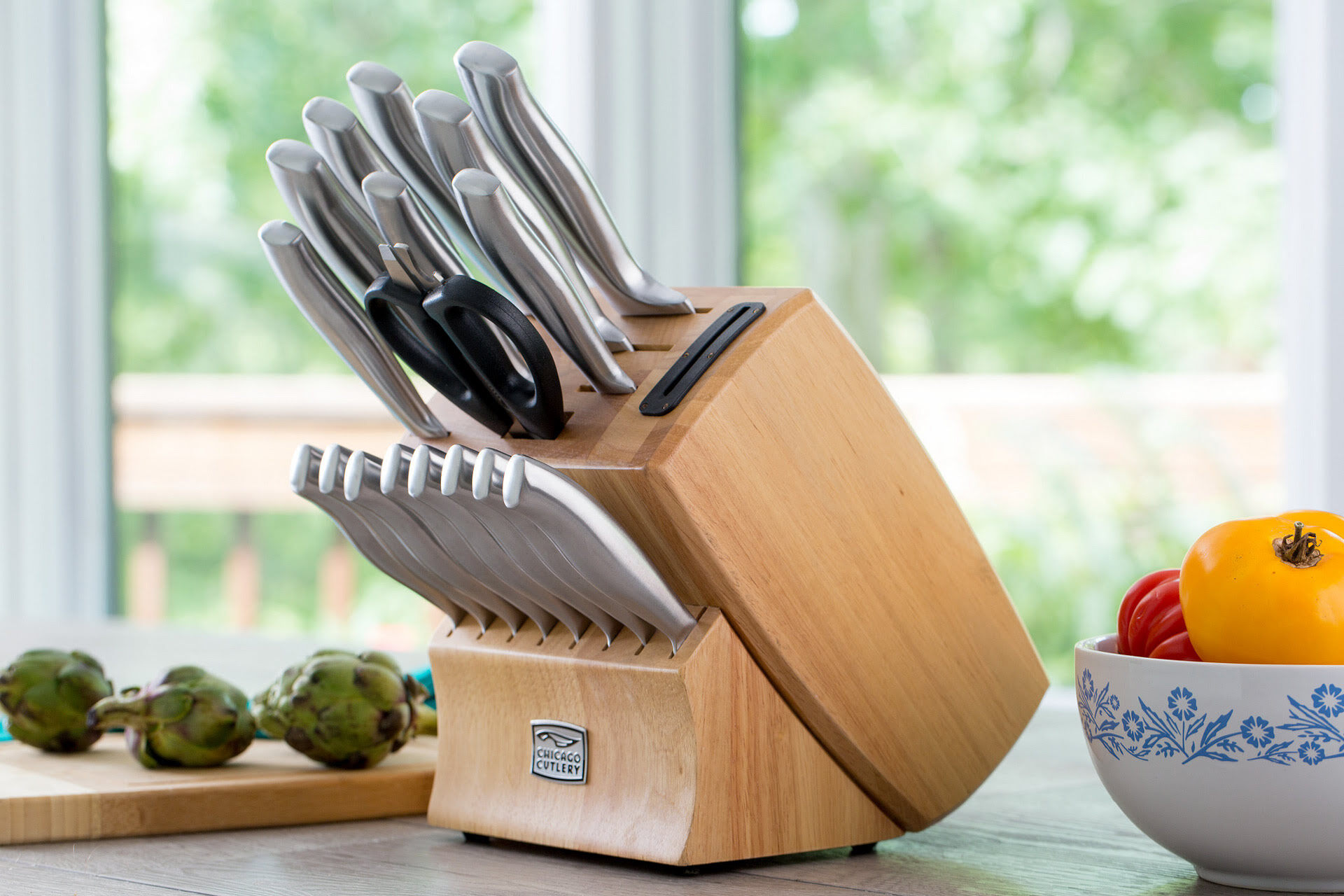
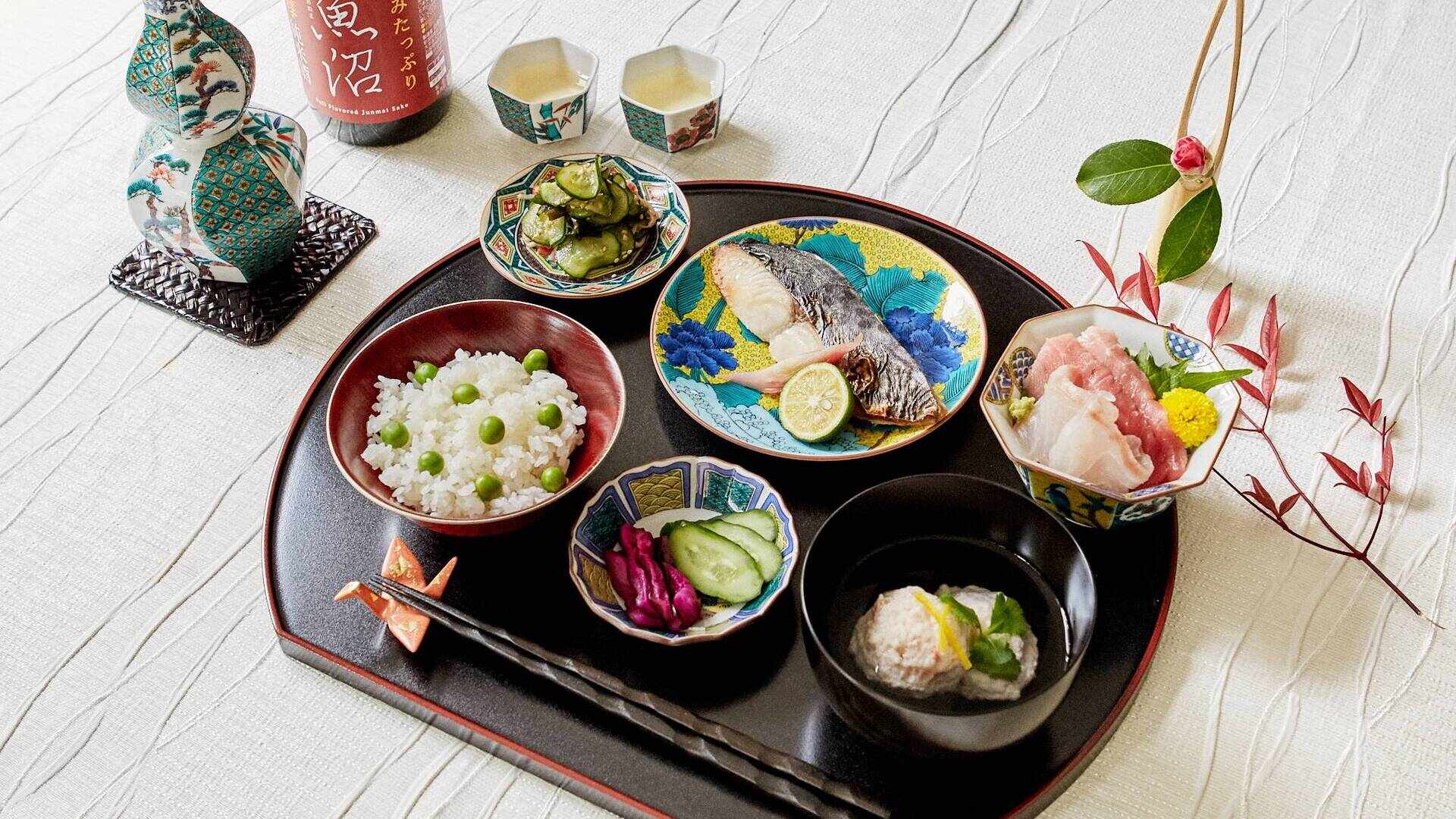
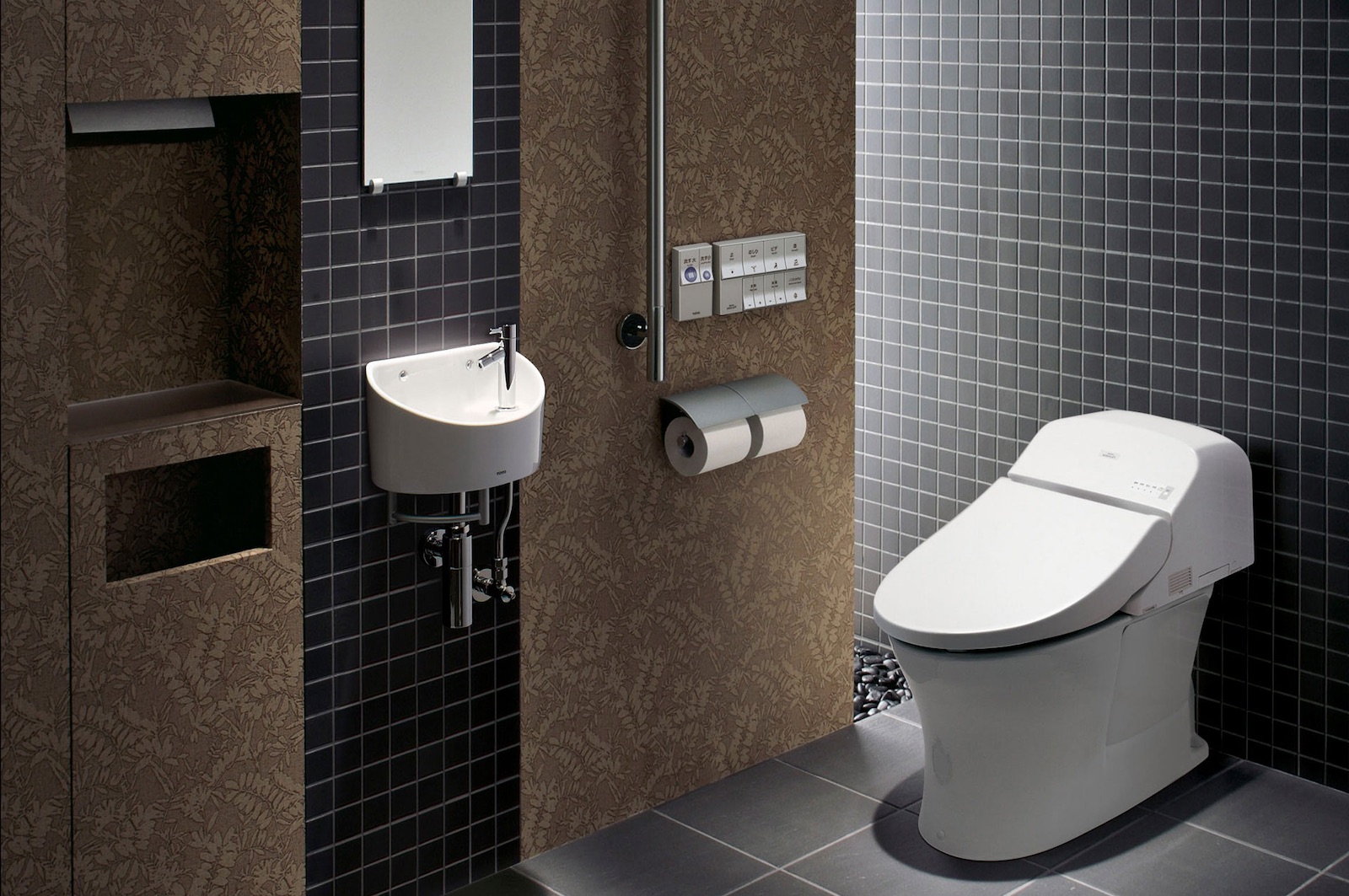


0 thoughts on “How To Store Japanese Knives”